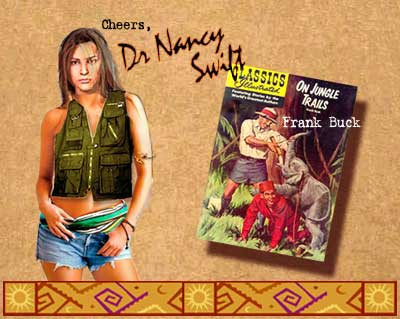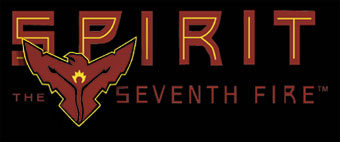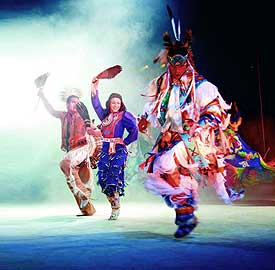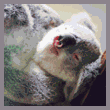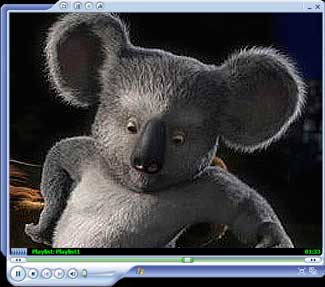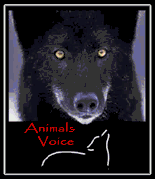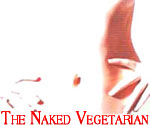Carnival of the Green #29
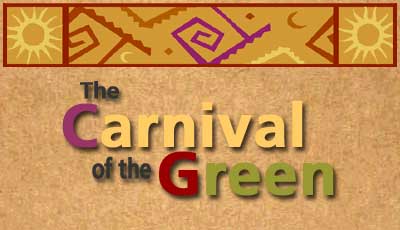
We asked Nancy Swift of The Aberdare Institute, Kenya East Africa to host this week's carnival. The Institute is located in the Frank Buck Zoological Preserve and dedicated to the welfare of endangered species through its programs of research and education.
Dr. Swift's adventures are a regular feature on The Animal Broadcast Network.
Carnival of the Green, started by City Hippy and TriplePundit, is now booking space on the 2007 train and for good reason, COTG is one of the premier carnivals on line - congratulations to everyone.
Special thanks to Website Design and Promotion for hosting last week, great carnival guys. COTG #30 is back for a second round at Dee's Dotes next Monday.
Now, Carnival of the Green episode 29
EARTHWINDWATERFIRE

A Magazine Treehuggers Can Love recommended by Enrique Gili from Common Ground.
From U of N Carolina a proposal by The Dirty Greek FOOD FIGHT: UNCG Farm-to-School. George has been doing his homework, worth a read.
Laura Lynn Klein, Organic Authority, updates us on the nation's largest inner-city community garden, LA's South Central Farm, and their fight against eviction.
Nancy of The Garden's Gift shares a few insights about composting, in Let's Make Compost and some community composting ventures that may inspire your search for "black gold."
 The Evangelical Ecologist, Don Bosch, has this post on a more unorthodox sort of prayer walk, one that might include a golf course or a long, wandering trek through the woods.
The Evangelical Ecologist, Don Bosch, has this post on a more unorthodox sort of prayer walk, one that might include a golf course or a long, wandering trek through the woods.Judy at Savvy Vegetarian responds to Mark Morford's article in the SF Chronicle about The Greening of Walmart. Only a little frothing and snarling and ranting - promise!
Do you trust the forest service? Well do ya, punk? Daniel Stentor, from debitage, asks a timely question.
Elisa Camahort at the hip & zen pen urges us to consider the size of our soapbox with her post, Why be vocal?
 Riversider from Save the Ribble presents 2 empassioned Tales from the Riverbank.
Riversider from Save the Ribble presents 2 empassioned Tales from the Riverbank.Saving the Leatherback Turtle is the journal of Robert Miller (Rob's Idaho Persective) and Karyn deKramer written during their recent volun-cation working with Earthwatch on St. Croix.
Siel, aka the Starbuck's Challenger from green LA girl shines her light on an old friend, Seventh Generation with Greenness is Next to Cleanliness.
Whatever floats your...raft from Elsa Mary at the greener side just in time for Memorial Day, relaxing by the pool.
Dan Rhoads, A Concerned Scientist, comments on the soon-to-be-dedicated US Supreme Court cases pertaining to the Clean Water Act and the environment, Conservative bloggers on the Rapanos and Carabell cases.
Greener Magazine's Harlan Weikle looks underground for Environmentally friendly water storage, a report on an experiment by some at drought risk Florida coastal counties to use water to store - water?
 Spirit, The Seventh Fire is revisited by Nancy Swift for the Animal Broadcast Network. Dr. Swift reminds us that Permaculture, a Native American tradition, still echoes in today's sustainability movement.
Spirit, The Seventh Fire is revisited by Nancy Swift for the Animal Broadcast Network. Dr. Swift reminds us that Permaculture, a Native American tradition, still echoes in today's sustainability movement.Because this Carnival was co-hosted by the illustrarted Frank Buck it seemed only appropriate that we leave til last, but certainly not least, a Special: Cartoon Call from Al at City Hippy.
That's it for COTG 29. I'm privileged to have been your guest host this week. Please be sure to visit Dee's Dotes when Carnival of the Green, the 30th edition, returns Monday, June 5.
To our American colleagues, have a safe Memorial Day and everyone, now is the time to help those devastated by Saturday's earthquake in Java, Indonesia.
